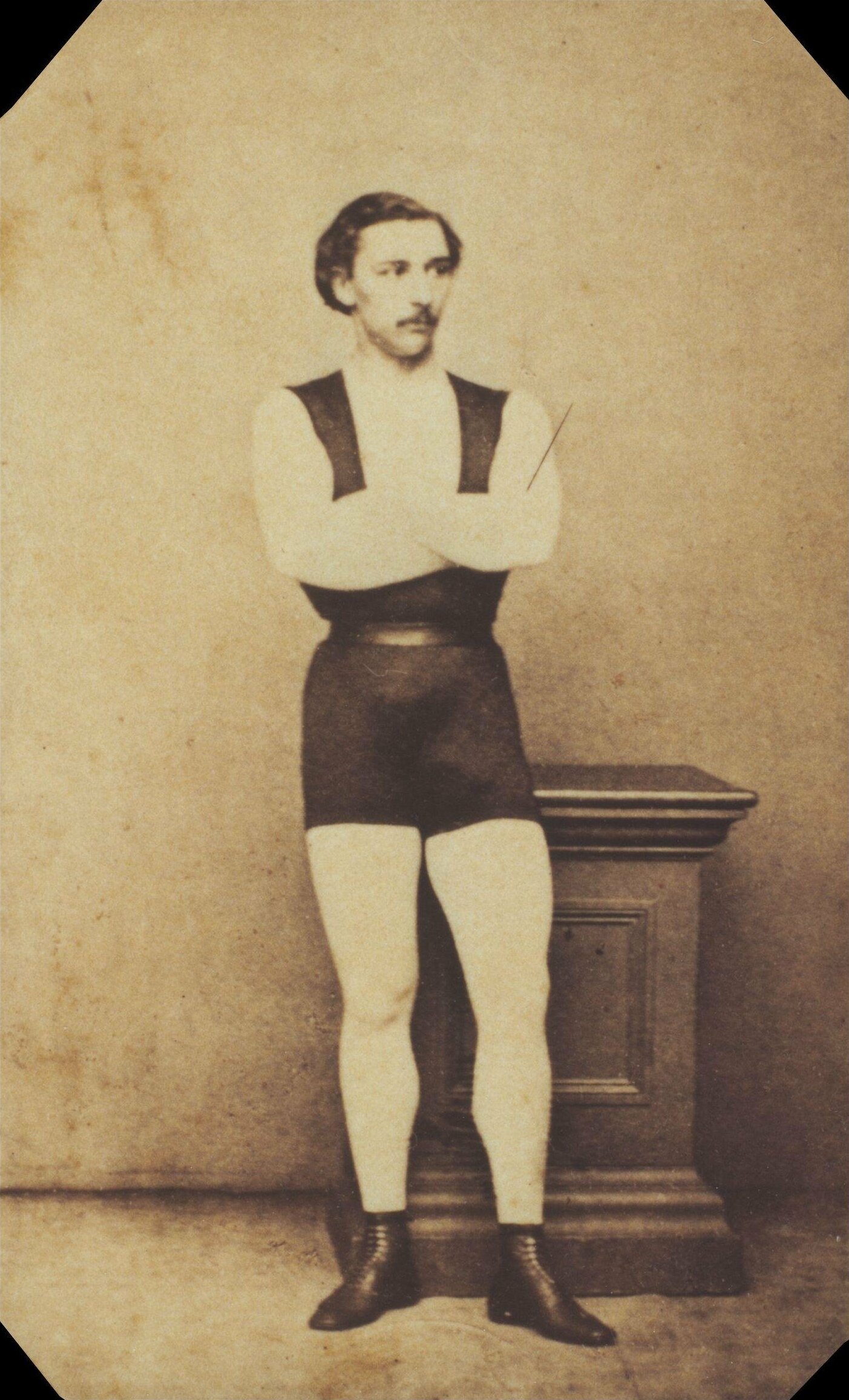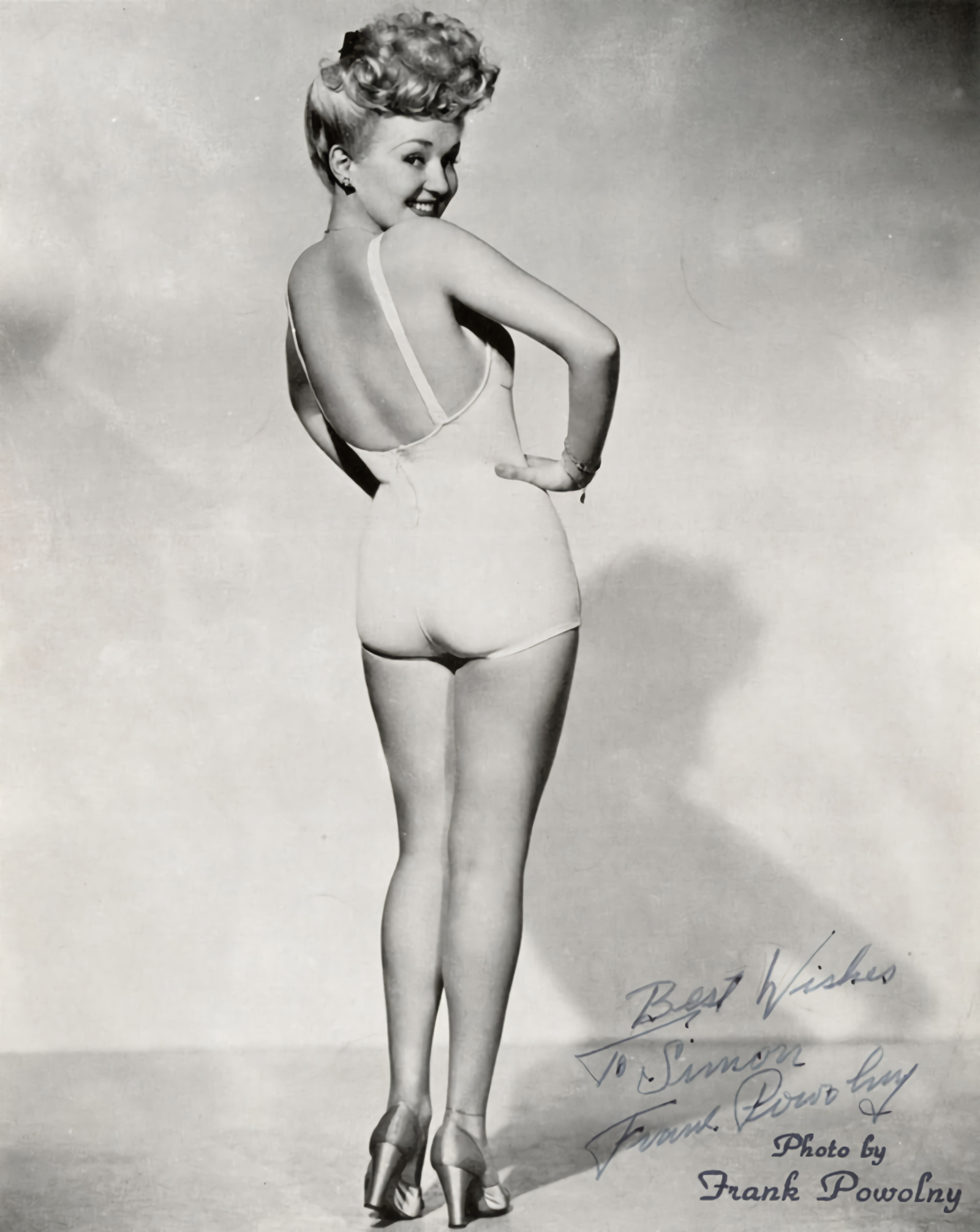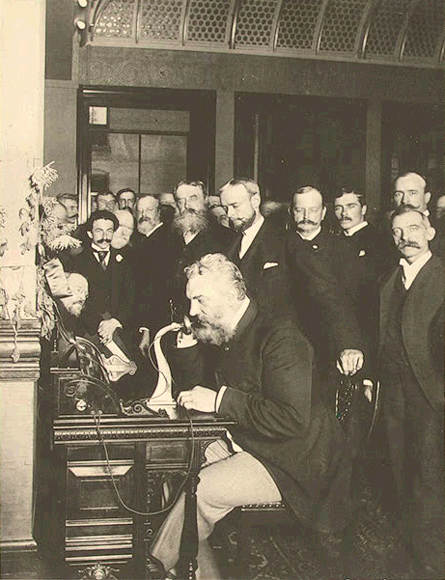 |
| A female dominant with a male submissive at her feet, from Dresseuses d'Hommes (1931) by Belgian artist Luc Lafnet |
These two words are eponyms.
Masochism means to derive satisfaction from another’s pain. Chevalier Leopold von Sacher-Masoch was a 19-century Austrian journalist and writer. In 1869 he persuaded his mistress to serve as a slave for him for 6 months.
He then used the experience to write the novella Venus in Furs. The novella described the degradation of the main character.
It was so influential that in 1886, esteemed Austrian psychiatrist Richard Freiherr von Krafft-Ebing coined the term ‘masochism’ to depict satisfaction from another’s pain.============
Sadism, or more properly sadomasochism, is the giving and receiving of pleasure from acts involving the receipt or infliction of pain or humiliation.
Practitioners of sadomasochism may seek sexual pleasure from their acts. The terms sadist and masochist refer respectively to one who enjoys giving and receiving pain.
The abbreviation S&M is commonly used for Sadomasochism (or Sadism & Masochism), although the initialisms S-M, SM, or S/M are also used, particularly by practitioners. Sadomasochism is not considered a clinical paraphilia unless such practices lead to clinically significant distress or impairment for a diagnosis. Similarly, sexual sadism within the context of mutual consent, generally known under the heading BDSM, is distinguished from non-consensual acts of sexual violence or aggression.
The term "sadism" has its origin in the name of the Marquis de Sade (1740–1814), who not only practiced sexual sadism but also wrote novels about these practices, of which the best known is Justine.
































